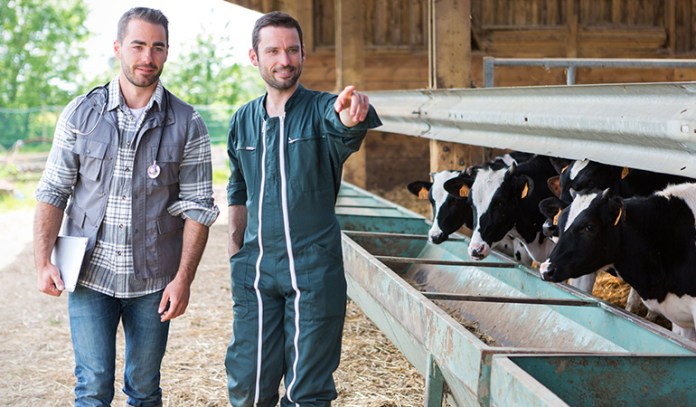In a world of cheeseburgers and tacos, giving up meat isn’t easy. Yet, 5% of the American population are vegetarians, while 2% are vegans. People do it for lots of reasons, ranging from health to ethics. Plus, cutting out all that junk can feel really great! But what happens when you’re a vegetarian or a vegan who’s considering eating meat again?
Don’t feel guilty. If you feel the need to eat animal products, that’s not a problem. Listening to your body is the best thing you can do. Remind yourself that all meat isn’t limited to cold cuts and chicken nuggets. It’s possible to eat meat as part of a nutritious diet. Concerned about the ethical side? There are farmers out there that follow animal welfare standards.1
Some people simply need more nutrients. For example, animal products are a complete source of protein. Meat-free diets are also linked to low vitamin B12, a condition linked to neurological problems, especially in women. Animal sources also offer the most bioavailable form of iron, but low intake poses the risk for iron-deficiency anemia.2 3
That’s not to say it is impossible to get these nutrients on vegetarian or vegan diets. However, for some people, it just doesn’t work. Remember, food is not “one size fits all.” Ready to eat meat but don’t know how? Keep these 7 tips in mind.4
1. Start With Small Quantities Of Meat

When you became a vegetarian or vegan, eliminating specific foods took time. It’s the same deal with introducing foods. Instead of biting into a massive burger, snack on tuna and crackers. Aim for a few days a week and slowly increase your intake. If you’ve avoided all animal products, start with non-meat foods like eggs or cheese. Give your stomach a chance to re-adjust.
2. Eat Frozen Or Pre-Cooked Meat

When meat hasn’t graced your kitchen in years, cooking it won’t be easy. Try frozen or pre-cooked meat from the grocery store. This way, you can slowly get re-acquainted with the texture and taste.
3. Dine At A Restaurant

If the thought of buying meat feels strange, don’t force it. Go to a restaurant that serves good quality meat. Order a small appetizer, and bring a friend if you must! Again, baby steps are the key.
4. Sneak The Meat Into Your Dishes

For some, the texture of meat takes some getting used to. Consider being subtle and sneaking it into your meals. Toss shredded chicken to a soup, or mix ground turkey into salsa. Add it to favorite recipes to make things easier.
5. Go For High-Quality Meat

It goes without saying that a fast food burger isn’t the best choice. Opt for free-range meat, especially if it’s straight from a local farm. The few extra bucks will be worth it.
6. Learn About The Meat From Farmers

With that said, befriend animal farmers at local markets. Ask questions and voice all of your concerns. Even better, request a visit to the farm. By learning where your meat comes from, it’ll be easier to make the leap.
7. Eat Fish Instead Of Meat

Compared to most meats, seafood is easy on the stomach, given you don’t mind the fishy taste. It’s a common reason why some people – called pescatarians – ditch all meat but seafood. Additionally, fish like salmon and tuna are full of vitamin D, vitamin B12, and healthy unsaturated fats.5
Whatever you do, don’t dive into a heavy meal. This is a fool-proof way to get sick! If needed, consult a nutritionist for expert guidance.
References





